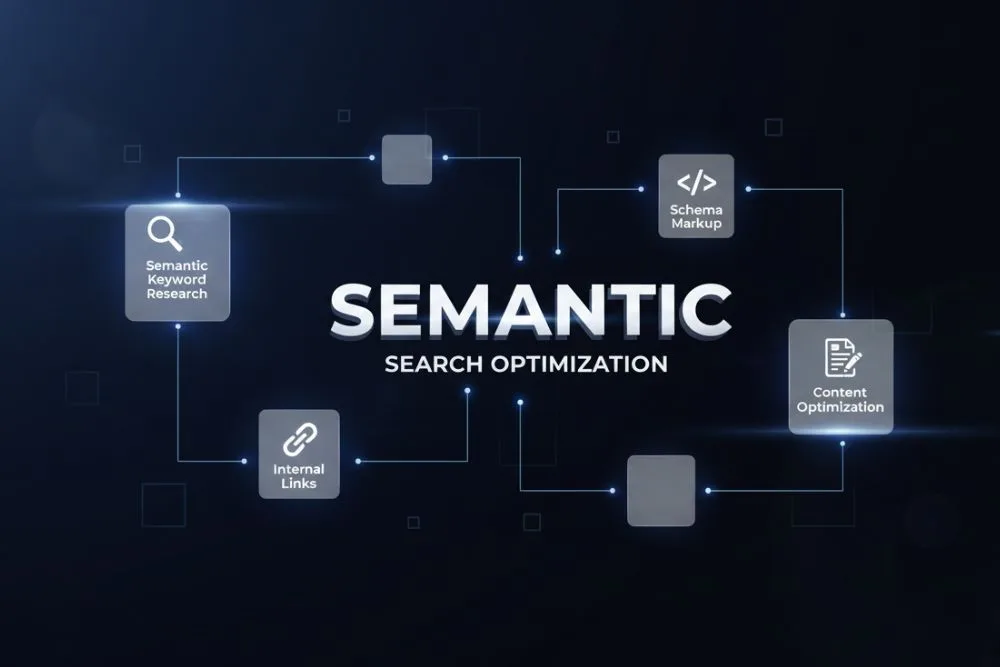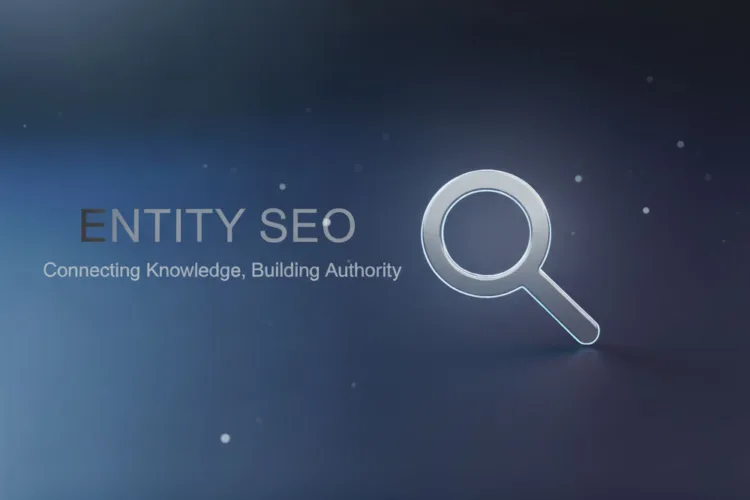
In semantic search, search engines can now understand the intent behind a query, not just the words themselves. This revolutionary change demands a strategic approach known as semantic search optimization. By optimizing your content and SEO for semantic search, you can achieve higher rankings and significantly improve user engagement. This article will help you understand semantic search and how you can incorporate it into your digital marketing strategy to boost your website’s performance.
Semantic Search Optimization
Semantic search optimization is reshaping how businesses approach search engine optimization (SEO). By focusing on concepts and intentions rather than mere keyword matching, it helps businesses create more meaningful connections with their audience. Through semantic search, engines like Google can match user queries with websites that have the most relevant and authoritative information. This article highlights the fundamentals of semantic search optimization, its benefits, and effective strategies for implementation.
Basics of Semantic Search
Semantic search refers to the search engine’s ability to consider the contextual meaning of search terms to provide more relevant results. Unlike traditional keyword-based search, which focuses on string matching, semantic search aims to understand user intent and the contextual relationships between the terms. This involves analyzing a wide range of factors, including user location, search history, and synonyms, to deliver precise results.
The core of semantic search lies in natural language processing (NLP) and machine learning. With NLP, search engines can dissect the intricacies of language, while machine learning allows them to learn from user interactions to refine search results further. By using these technologies, search engines can understand the subtleties of language and provide answers that integrate with what the user truly seeks.
The Benefits of Semantic Search for SEO
Incorporating semantic search into your SEO strategy offers multiple advantages. By focusing on the context and intent behind search queries, businesses can enhance user experience, attract better-qualified traffic, and achieve higher search rankings. Here are some key benefits:
- Enhanced User Experience: By delivering results that are more relevant to user queries, semantic search helps create a smooth and satisfying user experience.
- Improved SEO Performance: Content optimized for semantic search can help search engines better understand the relevance and context, resulting in improved search rankings.
- Increased Traffic Quality: Semantic search targets user intent, ensuring that visitors who reach your site are genuinely interested in your content, thereby improving conversion rates.
- Authority and Credibility: By aligning content with user intent, your site can become a trusted source of information, enhancing its credibility over time.
Implementing Semantic Search in Your Strategy
Successfully implementing semantic search optimization requires a strategic approach that goes beyond traditional SEO tactics. The focus should move towards content that answers user questions and serves their informational needs. Here are the steps to integrate semantic search into your SEO strategy:
- Keyword Research with Intent: Understand the intent behind user search terms and focus on long-tail keywords that capture specific queries.
- Content Structuring: Organize your content with clear, descriptive headings and subheadings that reflect the intent behind keywords.
- Use of Schema Markup: Implement structured data markup to make your content easily understandable by search engines.
- Creating Comprehensive Content: Develop in-depth content that covers topics exhaustively, answering potential questions users might have.
- Internal Linking: Establish context by strategically linking related content within your site to enhance understanding and engagement.
Tools and Techniques for Semantic Search Optimization
Utilizing the right tools can significantly enhance your semantic search optimization efforts. Here are some tools and techniques that can help in implementing effective strategies:
- Google’s Natural Language API: This tool helps understand the sentiment and semantic structure of your content, allowing you to refine it for better search results.
- SEO Tools: Platforms like SEMrush and Ahrefs provide insights into keyword performance and user intent, helping in the development of a semantic-rich strategy.
- Content Analysis Tools: Utilizing content analysis tools like MarketMuse or Clearscope can help ensure that your content aligns with the topics and intent likely favoured by search engines.
Keep an eye on metrics such as bounce rate and average time on page, as these can indicate how well your content matches user intent.
Common Challenges and How to Overcome Them
While the benefits of semantic search are clear, implementing it does come with its own set of challenges.
- Understanding User Intent: Accurately interpreting user intent can be difficult, particularly with inadequate or broad queries. To tackle this, harness analytics to gain insights into user behavior and preferences.
- Content Overhaul: Transitioning to semantic search often involves significant content revisions. Approach this incrementally, prioritizing top-performing pages for optimization.
- Technology Adoption: Implementing advanced tools and technologies can be resource-intensive. Consider starting with free tools and gradually moving on to more sophisticated platforms as you become more comfortable.
Future Trends in Semantic Search
The landscape of search engine optimization continues to evolve, and semantic search is at the forefront of this transformation. As technology advances, expect further refinements in how search engines interpret and deliver results. Artificial intelligence and machine learning are expected to become more sophisticated, allowing algorithms to better understand context and user intent. Looking forward, businesses that can integrate these advances and continue to adapt to changes in search algorithms will maintain a unique strength.
By adopting semantic search optimization, you stand to gain a significant advantage in the digital phase. Preparing content that prioritizes user intent and contextual relevance not only benefits your search rankings but also promotes a more engaging user experience. While challenges exist, a thorough understanding and strategic application of semantic search principles can transform your SEO efforts. Remaining proactive and adaptable will ensure that your business succeeds in the competitive field.



